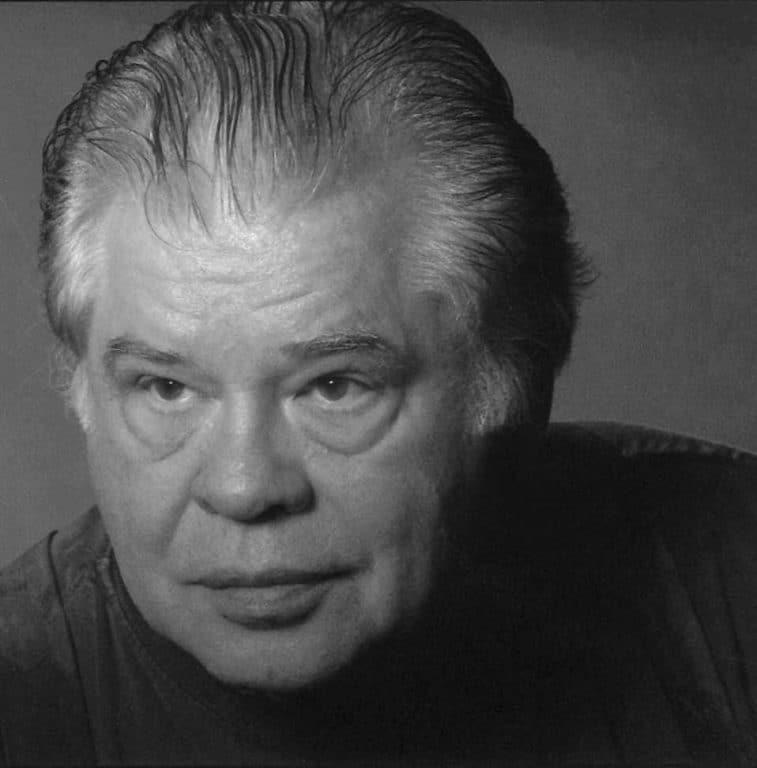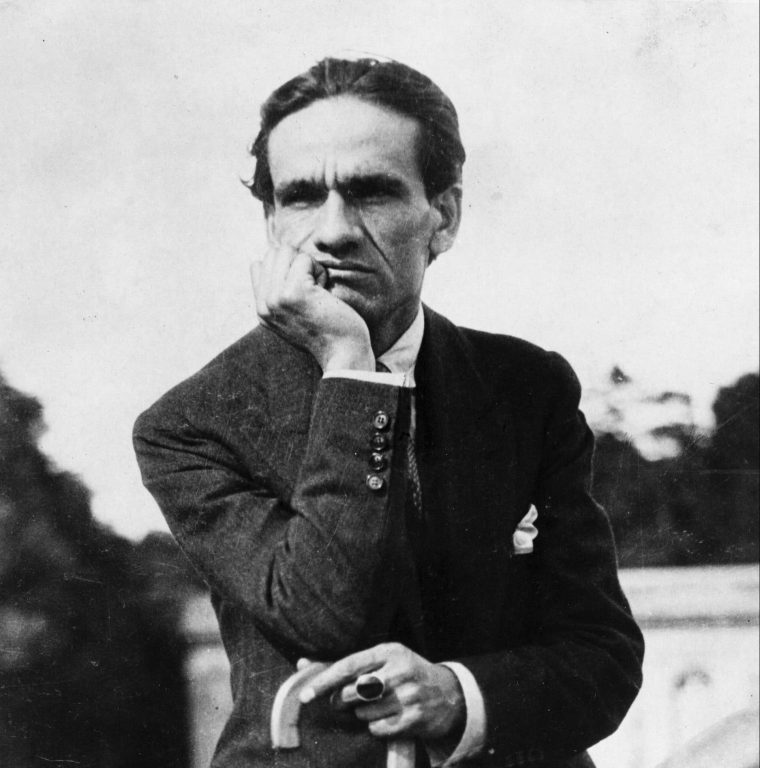The Griffin Trust For Excellence In Poetry was deeply saddened to learn of the passing of American poetry giant John Ashbery. We’ve been revisiting his fascinating and often delightfully enigmatic poetry, and thought a reprise of the poem “Token Resistance” from Notes from the Air would be in order this week.
What is the message underlying the cryptic but alluring whimsy of this poem, from his 2008 Griffin Poetry Prize winning collection Notes from the Air? Perhaps different readers receive different messages, but there is definitely something there for all of us to unearth.
“As one turns to one in a dream”
alerts us from the outset that we are entering a gently surreal terrain, with a logic all its own. The images floating past – the bell, the book, the noodle parlors – are intriguing, but just might be red herrings. We can’t seem to trust our friends either, as the enigmatic phrase “checkered heights” seems to suggest. But we’re with them anyhow, and “as a common light bathes us”, that seems kind of comforting. And hey, we’re on our way to a celebration …
As we’re pondering here, so did poet Carol Rumens with a more recent Ashbery poem, the eponymous “Breezeway” from his 2015 collection. She comments on the “generous measure of fun” that could be masking intimations of violence and disconnection in that poem. Is that what we’re looking for here?
The titular phrase “token resistance” in the second stanza might be part of a message hiding in plain sight. Let’s read in full what “one” says here:
“All the vulgarity
of time, from the Stone Age
to our present, with its noodle parlors
and token resistance, is as a life
to the life that is given you. Wear it,”
Is “wearing it” perhaps something like “owning it”, a hopeful exhortation to accept “the life that is given you”? Rumen’s consideration of “Breezeway” has some helpful advice:
“There may be more wisdom in not researching Ashbery’s meanings. Why not be Taoist about it and go with the flow, enjoying the surreality as the words decide for themselves how to join hands and ride the narrative breeze?”
In that very way, this poem might also being encouraging us to “go with the flow”, even if and when
“my own shoes have scarred the walk I’ve taken.”




